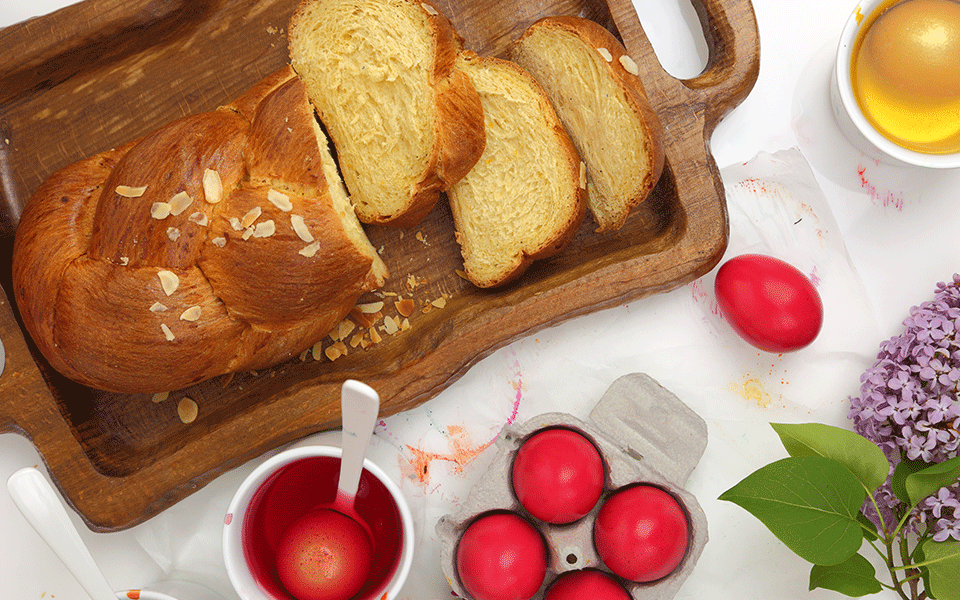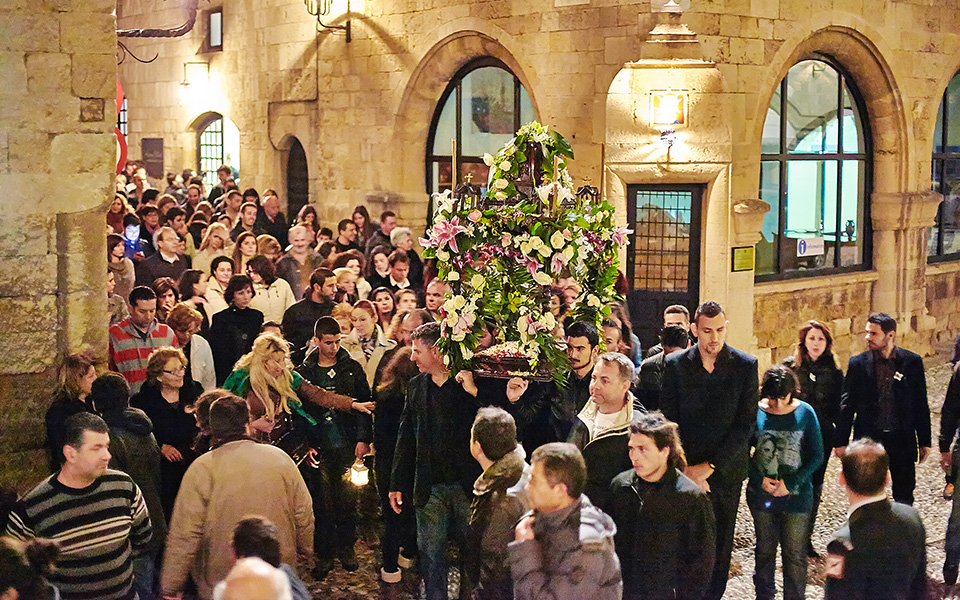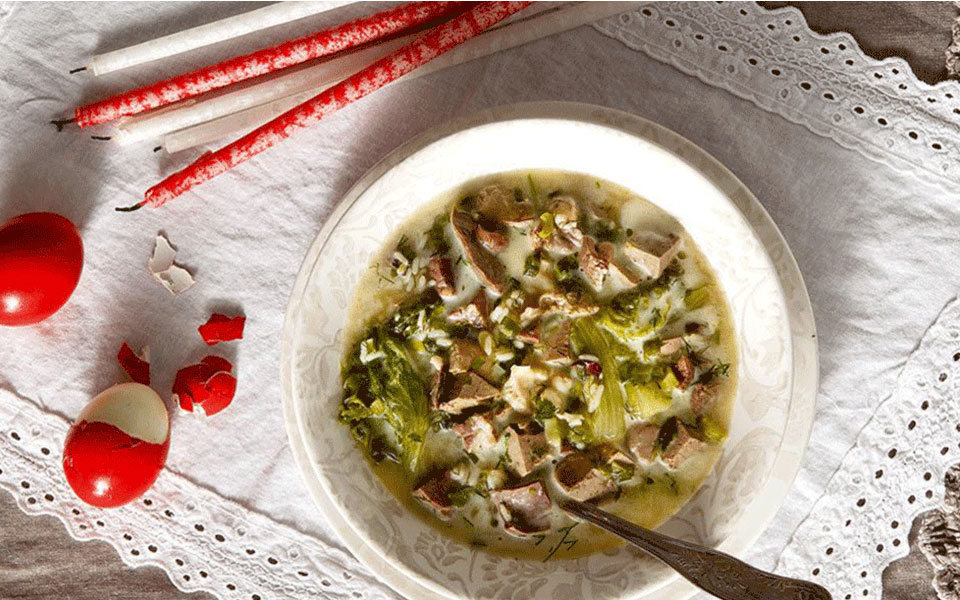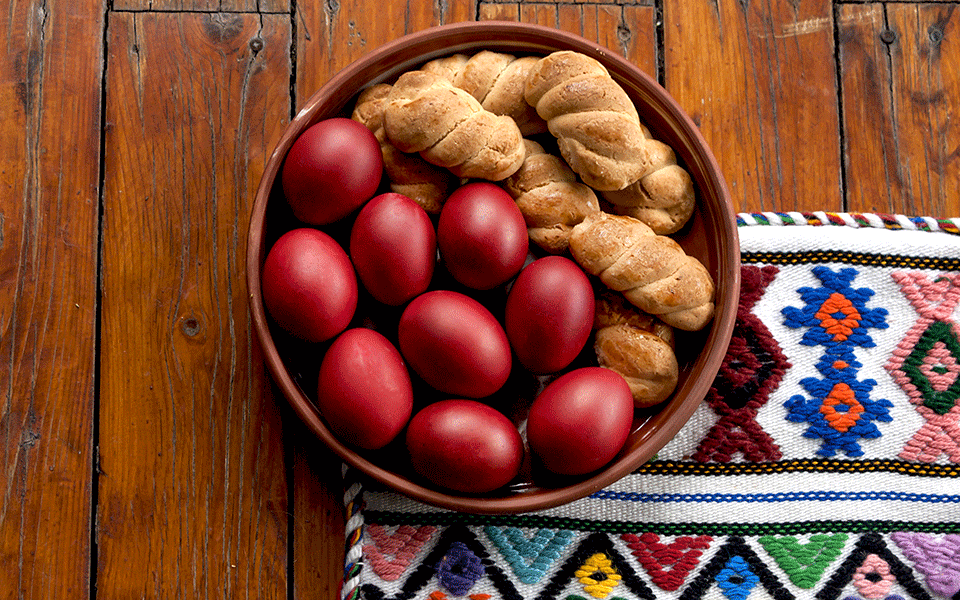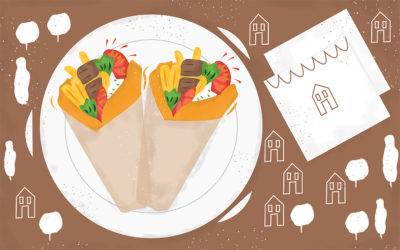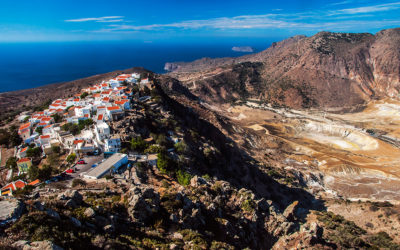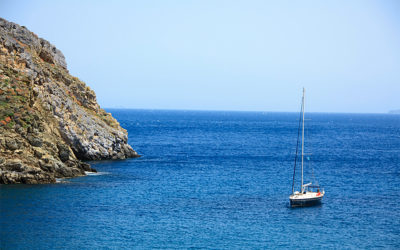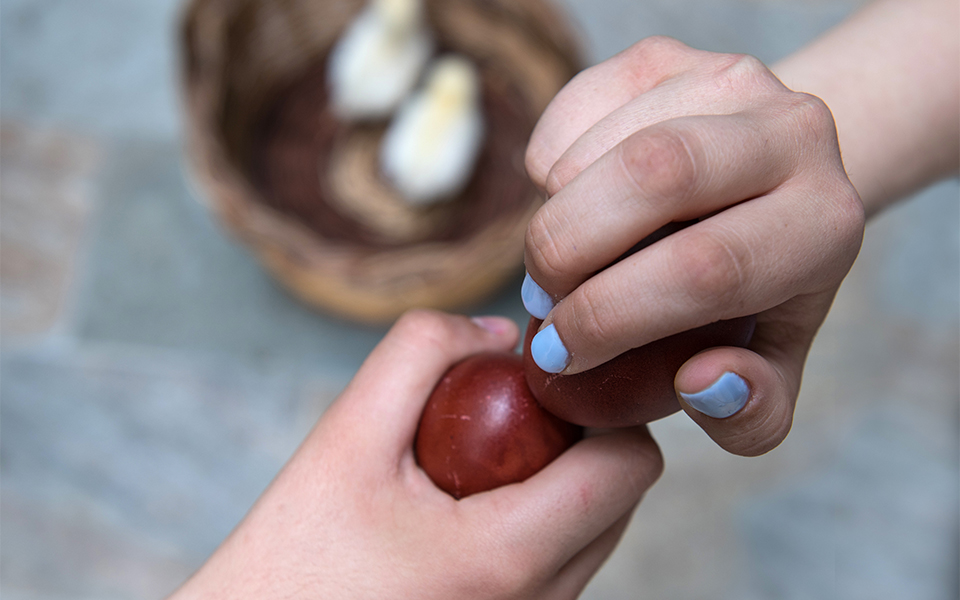
Life
A Season of Anticipation: The Glorious Build Up to Greek Easter
Easter in Greece (Pascha) is a whole season, one that for many people already started on Clean Monday (this year, February 19th), a day of kite flying that signals the beginning of Sarakosti – the forty days of fasting to spiritually prepare for Easter. It’s a period that
takes us from the last frosts of winter through to the blooming of the lilacs (known as paschalies, as they flower at Easter). The resurrection of nature adds to the sense of anticipation.
Here in the north, in Thessaloniki – the second largest city of Greece – fasting is a big thing. Every place that serves food or snacks advertises lenten (nistisima) dishes, even the fast food chains. The Greek Orthodox fast involves avoiding any food product made from creatures with blood – no meat, eggs or dairy and, with a few exceptions, no fish. Seafood from supposedly ‘bloodless’ creatures is allowed (such as shellfish, squid, octopus, shrimp, etc). Those who have not fasted throughout Lent will start this week, and the fast gets stricter with not even vegetable oil allowed on Wednesday and Good Friday.
Shutterstock
The whole week is deeply contemplative, yet very, very busy. These saddest days in the Christian calendar are lightened with the happiest preparations. On Maundy Thursday, the scent of butter and mahlepi – the crushed pits of wild cherries with their exotic, slightly dusty scent – fills every house. Mahlepi gives tsoureki (the rich, eggy, and slightly sweet Easter bread that is baked in big fat braids) its signature aroma. If you have made it right, the tsoureki will separate into moist, tender, elastic strands. The tang of hot vinegar fills the air too; this is the day we dye eggs deep lustrous red, symbolic of the blood of Christ, and vinegar helps the dye set.
George Tsafos
Good Friday is a day like no other – unmistakably somber as it dawns to church bells sounding one single, mournful toll at regular intervals. Public services are closed all day, and shops are generally closed until the early afternoon so that everyone has the opportunity to stop by the church. There is a line out the door all day as the faithful come to pay their respects at the Epitaphios – the symbolic funeral bier of Christ – which has been covered completely with flowers.
Come evening, there will be a procession. Streets close around each church (and what with all the churches, this makes for a veritable standstill in many parts of town) and the streets fill with people following the processions, candles alight. People come out on their balconies with candles too as the procession passes below. The mood is still supposed to be solemn, but it isn’t, because we all know what’s coming. The joy of the resurrection is just a little more than 24 hours away.
George Drakopoulos
Christos Anesti
Saturday is all madness. It’s the last minute for shopping, and there’s lots of it. In addition to the chocolate eggs and bunnies that accompany Easter everywhere, we need lambades to take the holy flame of the resurrection home from the church. These are special candles that come in an astonishing variety – decorated with everything from fairy princesses to logos from football teams. Godparents give them to the children they have baptized, along with a generous gift. In fact, this is a gift giving season on par with Christmas, so we need more gifts. And don’t forget to pick up a whole lamb or a goat to roast on the spit for Sunday lunch. It’s quite a shopping list.
Back home, we make magiritsa – a soup of lamb innards and bountiful fresh herbs, bound with an egg-lemon liaison. It sounds a little wild, but the herbs and lemon do a lot for it. We’ll break the fast with this delicious soup after we come home from the church.
We leave time to get dressed. You’d maybe think a religious holiday would call for modest attire, but you’d be wrong. The dress code is all-out glamorous for those who will be going out to the clubs and bars later on, in villages and cities alike.
This most important of services is a long one. But truly, what with the magiritsa making and dressing for church, most of us only manage to get there barely a half hour before midnight. The church cannot begin to hold us all; the courtyard and the surrounding streets fill. A loudspeaker clues us in to the proceedings. We each have a candle, and one of the eggs we dyed on Thursday. Anticipation rises.
Shutterstock
And now the bells start to ring loud and fast. The priest and cantors sing, and we along with them- the most joyous song of the year:
Χριστός ανέστη εκ νεκρών, θανάτω θάνατον πατήσας, και τοις εν τοις μνήμασι ζωήν χαρισάμενος.
(Christos Anesti ek nekron, thanato thanaton patisas, kai tis en tis mnimasi zoin harisamenos = Christ is risen from the dead, trampling down death by death, and to those in the tombs, granting life.)
The holy flame is shared from candle to candle, spreading throughout the crowd. Fireworks fill the skies – lots of them. You can hear them from all parts of the town. We all greet each other with a kiss on each cheek and a wish of “Christos anesti” (“Christ is Risen”), with the answer “Alithos anesti” (“Truly He is risen”).
We crack our eggs together, The red shell, symbolizing the blood of Christ, falls away. And even in this solemn, commemorative act there is celebration – it’s also a contest to see who has the hardest egg.

